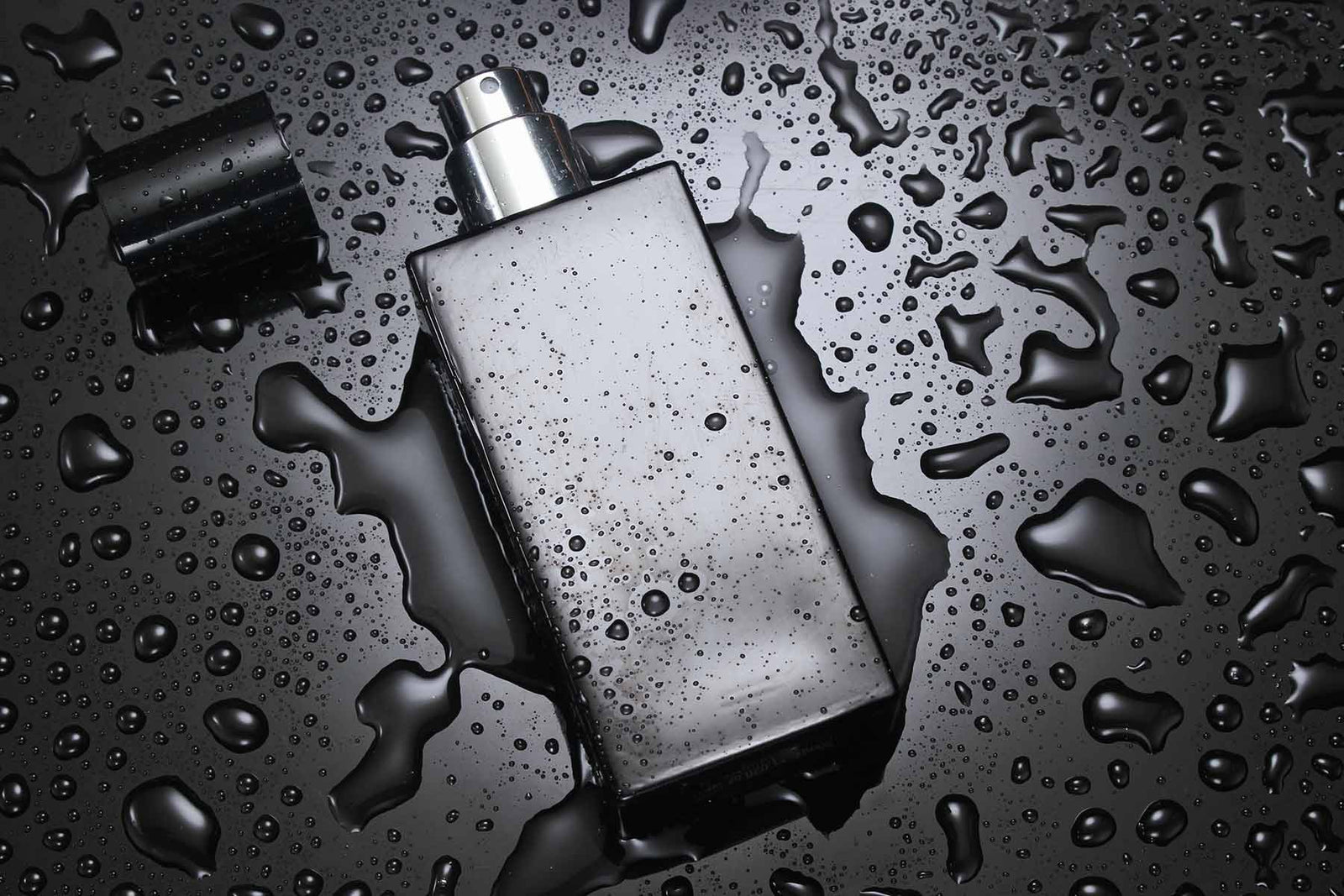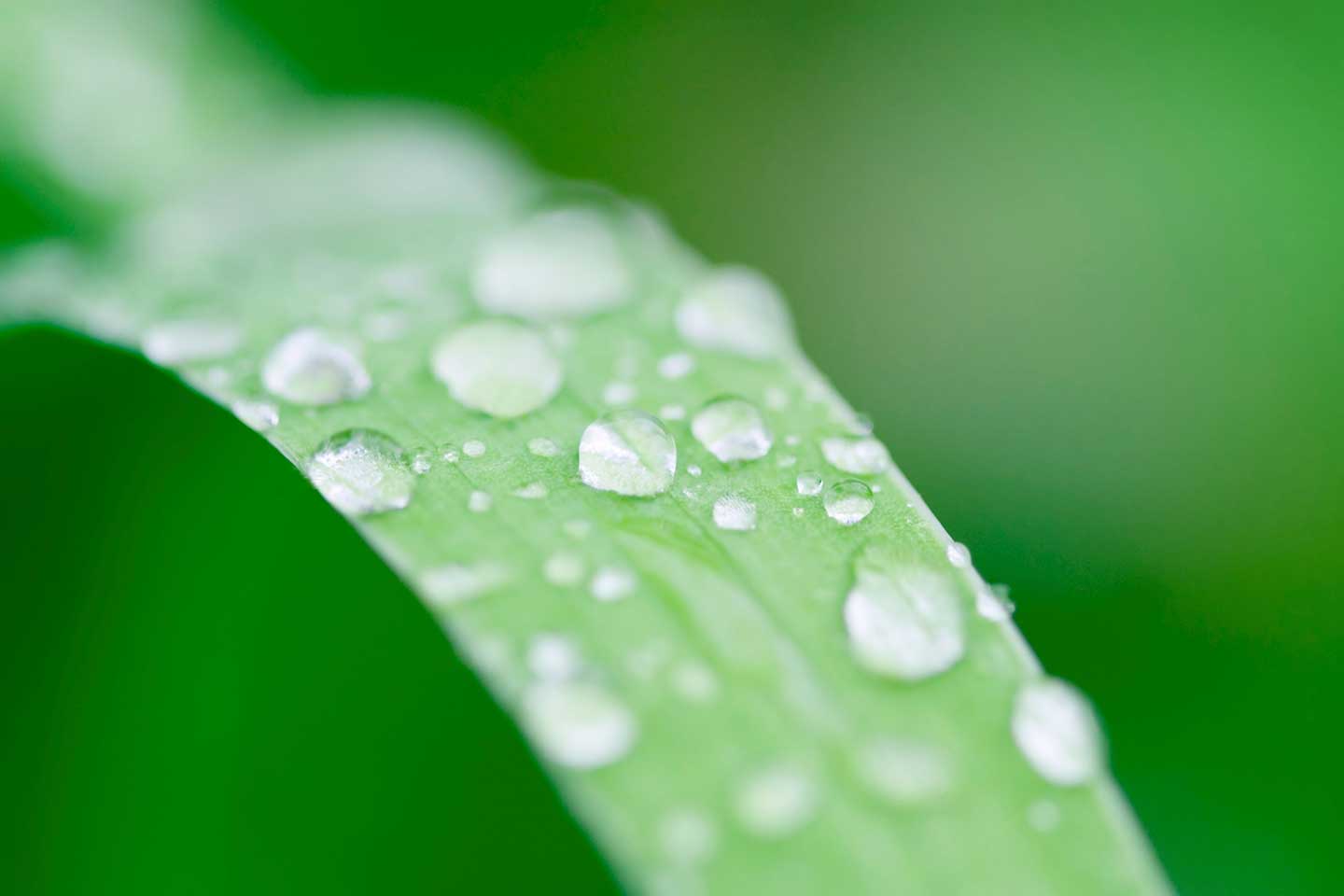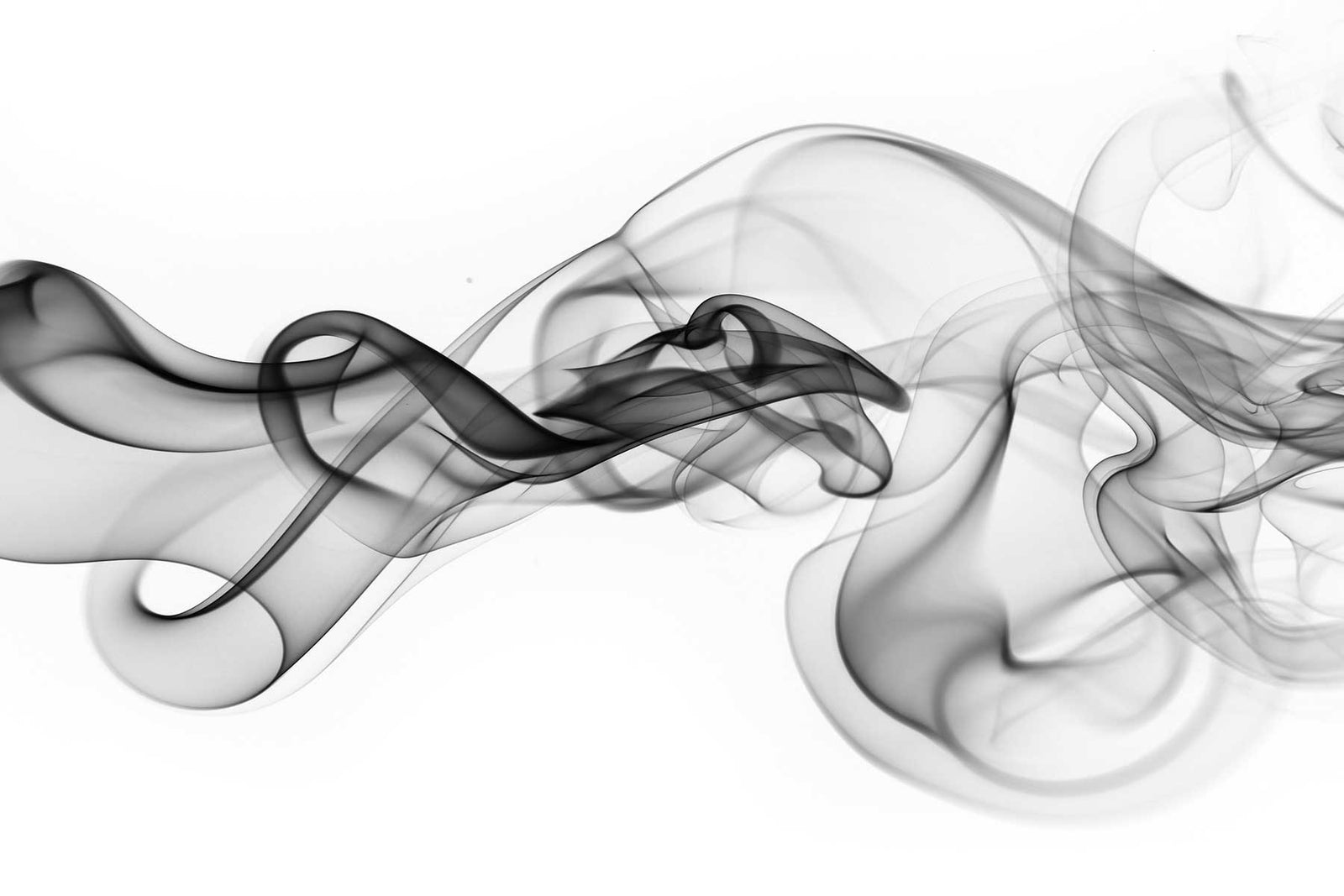Your Cart is Empty
Free Shipping orders over $100 (US only)
Menu

Free Shipping orders over $100 (US only)
Our Fragrances
Ingredient Spotlight: Iris
by Nathan Motylinski 1 min read

Perhaps you've noticed the elegant blooms of Iris before, but the real treasure is hidden underground! Iris flowers, while pretty, don't offer much in the fragrance department. Their roots, however, are another story entirely.
Iris materials in perfumery come entirely from the roots of the plant, a process that takes 7 YEARS to complete. Yes, 7 years. Once the plants are harvested, they are stored underground for 3 years to dry out, then they are washed and peeled, then they go back underground for another 4 years before being extracted.
This lengthy process makes Iris materials some of the most expensive in perfumery - over USD$80,000 per KG!!! (the cheaper version is only USD10,000 per KG ;-)
The end results (usually a concrete or absolute) smells creamy, velvety, buttery, rich, cosmetic and floral. Iris plays best with floral and fruity notes, adding an extra layer of depth and complexity to any fragrance.
Want to smell it in action? We use it in Jetsetter, White Orris, Cirrus
Leave a comment
Comments will be approved before showing up.
Also in Fragrant Thoughts

Perfume Labeling Requirements: US vs. EU
by Nathan Motylinski 3 min read
cosmetic compliance EU fragrance regulation fragrance allergen disclosure perfume labeling requirements U.S. perfume labeling law
Discover the key differences between U.S. and EU perfume labeling laws. Learn what must appear on fragrance labels, from ingredient lists to allergen disclosure, and get updated on the EU’s expansion from 26 to 80+ fragrance allergens.

ISO 9235 Standard Explained
by Nathan Motylinski 3 min read
clean fragrance fragrance compliance standard ISO 9235 fragrance standard natural fragrance oil plant-based fragrance formulation sustainable perfume ingredients
ISO 9235 is the international benchmark for defining natural fragrance oils and ensuring clarity in plant-based fragrance formulations. If you’re a perfumer, formulator, or brand working in the clean fragrance space, this standard matters.

Fragrance Regulatory: 50 Shades of Grey
by Nathan Motylinski 2 min read
Fragrance safety regulations can be confusing, even for us. While many folks think of IFRA limits as clearly black and white, they are really a constantly changing world of grey.
Read MoreSubscribe
Sign up to get the latest on sales, new releases and more …